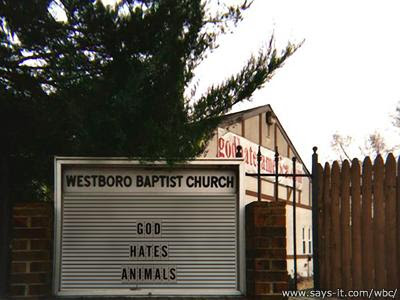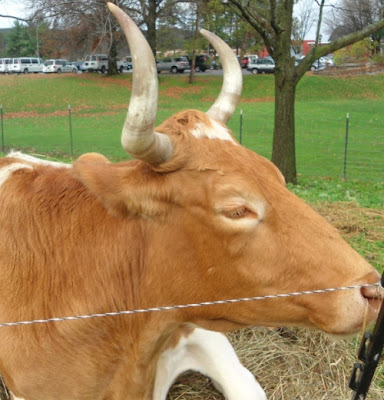This statement does not take into account the International Food Policy Research Institute’s scenario by which global meat consumption will decline until at least 2030 [2]. Moreover, Petherick [1] cited mainly livestock researchers, whereas good practice is to consider assessment by environmental specialists where significant environmental risk occurs [3].
As environmental-risk specialists employed by the World Bank and International Finance Corporation — two United Nations agencies — my colleague Jeff Anhang and I have estimated that livestock products account for at least 51% of anthropogenic greenhouse-gas emissions [4]. Links to consequential citations of our analysis can be found on our website [5].
In our assessment, reality no longer reflects the old model of the carbon cycle, in which photosynthesis balanced respiration. That model was valid as long as there were roughly constant levels of respiration and photosynthesis on Earth. However, respiration has increased exponentially with livestock production, and intensified livestock and feed production accompanied by large-scale deforestation and forest-burning have caused huge increases in volatilization of soil carbon, resulting in a dramatic decline in the Earth’s photosynthetic capacity. Therefore, either carbon dioxide in livestock respiration, or its reflection in carbon debt created where land is used for livestock and feed production, must be counted as emissions.
In assessing livestock, emissions relating to land use for livestock and feed production are considered indirect emissions. According to the Greenhouse Gas Protocol — the most widely used tool for greenhouse-gas accounting — indirect emissions should be counted when they are large and can be mitigated or reduced [6]. One of the key sources in Petherick’s Feature [1], Mario Herrero, co-authored an estimate that 45% of all land is now used for livestock and feed production [7].
Kanaly et al. [8] summed up our study as follows: “Goodland and Anhang explained what may be a large-scale paradigm shift in the approaches to mitigating climate change.” Previously, renewable-energy infrastructure was thought to be the key to reversing climate change. After years of inadequate action, sufficient new infrastructure is now projected to take at least 20 years and US$18 trillion to develop [9].
Yet the Intergovernmental Panel on Climate Change and the International Energy Agency have both warned that the next five years may be the last real chance to reverse climate change before it’s too late [10,11]. We say that the only pragmatic way to do so is to replace at least 25% of today’s livestock products with better alternatives — this would both eliminate much more than 4% of agricultural emissions, and allow reforestation and forest regeneration on vast amounts of land, which could then absorb enough atmospheric carbon to reduce it to a safe level.
Robert Goodland
World Bank, 1818 Society
e-mail: rbtgoodland/gmail.com
Nature Climate Change, January 2013
References
- Petherick, A. Nature Clim. Change 2, 705–706 (2012).
- Msangi, S. & Rosegrant, M. Feeding the Future’s Changing Diets: Implications for Agriculture Markets, Nutrition, and Policy (IFPRI, 2011); available via http://go.nature.com/Sdukkp
- Green laws take no prisoners. Legal Brief Today (13 September 2011); available via http://go.nature.com/IeAfKM
- Goodland, R. & Anhang, J. World Watch 22, 10–19 (2009).
- www.chompingclimatechange.org
- Putt del Pino, S., Levinson, R. & Larsen, J. Hot Climate, Cool Commerce: A Service Sector Guide to Greenhouse Gas Management (WRI, 2006); available at http://pdf.wri.org/hotclimatecoolcommerce.pdf
- Thornton, P., Herrero, M. & Ericksen, P. Livestock and climate change. (ILRI, 2011); available via http://go.nature.com/wYaVA6
- Kanaly, R. A., Manzanero, L. I. O., Foley, G., Panneerselvam, S. & Macer, D. Energy Flow, Environment and Ethical Implications for Meat Production (UNESCO, 2010); available via http://go.nature.com/VBMWVw
- Statement by Nobuo Tanaka, IEA Executive Director to COP 16 (IEA, 2010); available via http://go.nature.com/ivfhds
- Spotts, P. Climate change report: Time to start preparing for the worst. The Christian Science Monitor (28 March 2012); available via http://go.nature.com/8Cl4ct
- DiLorenzo, S. IEA: Time running out to limit Earth’s warming Newsvine (9 November 2011); available via http://go.nature.com/1fdbPO



